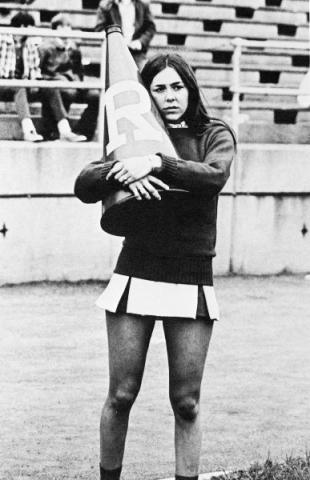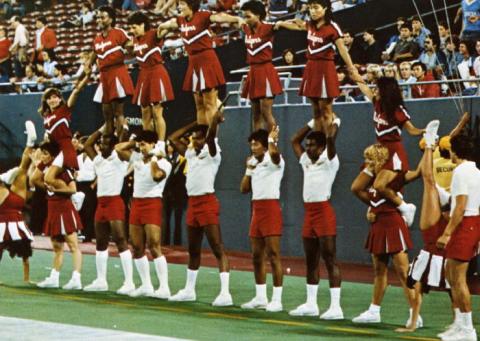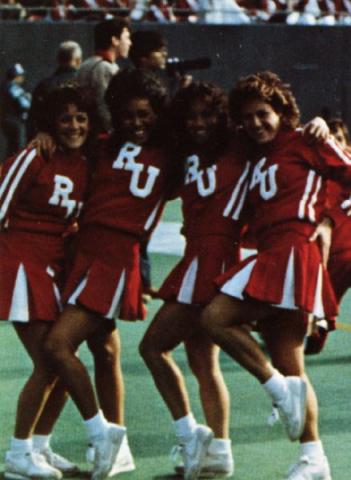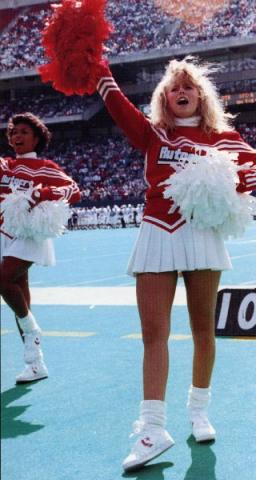Essential question
How do uniforms serve as tangible evidence of changes in culture?
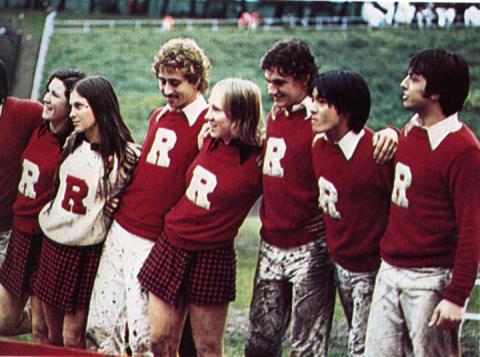
Rutgers University Cheerleaders (1976)
The Uniform "Fashion Parade"
From the buttoned up look of the Puritans to the mini-skirts of the 1960s, to Ugg boots of the 2000s, fashion has mirrored the time period: politically, socially, and economically. Historically, clothes were often used to create an image of women that society wanted them to fit, with new fashions reflecting the desire to break out of a traditional mold. Women's clothing serves as tangible cultural artifacts that can make a powerful statement about who the individual is and how they want to be perceived. Some styles are practical; some are ridiculous, most, somewhere in between.
School uniforms, while based on the idea of group identity and conformity also reflect the political, economic and social context of a particular time period. While all sports uniforms have changed over time, the cheerleading uniform has undergone dramatic alterations which reflect the process of turning an auxiliary program that cheer for teams, to a sport unto itself. From the bow in their hair, down to the sneakers on their feet, each change is worthy of exploration.
Extension
Have students examine their own school yearbooks to study the styles exhibited by cheerleaders. They should answer the above questions for their school yearbook and compare their findings to the Rutgers University cheerleaders.
Also, students could create a timeline aligning political movements with clothing styles. For example: bloomers, flappers, first ladies, hippies, Madonna, and so on.
